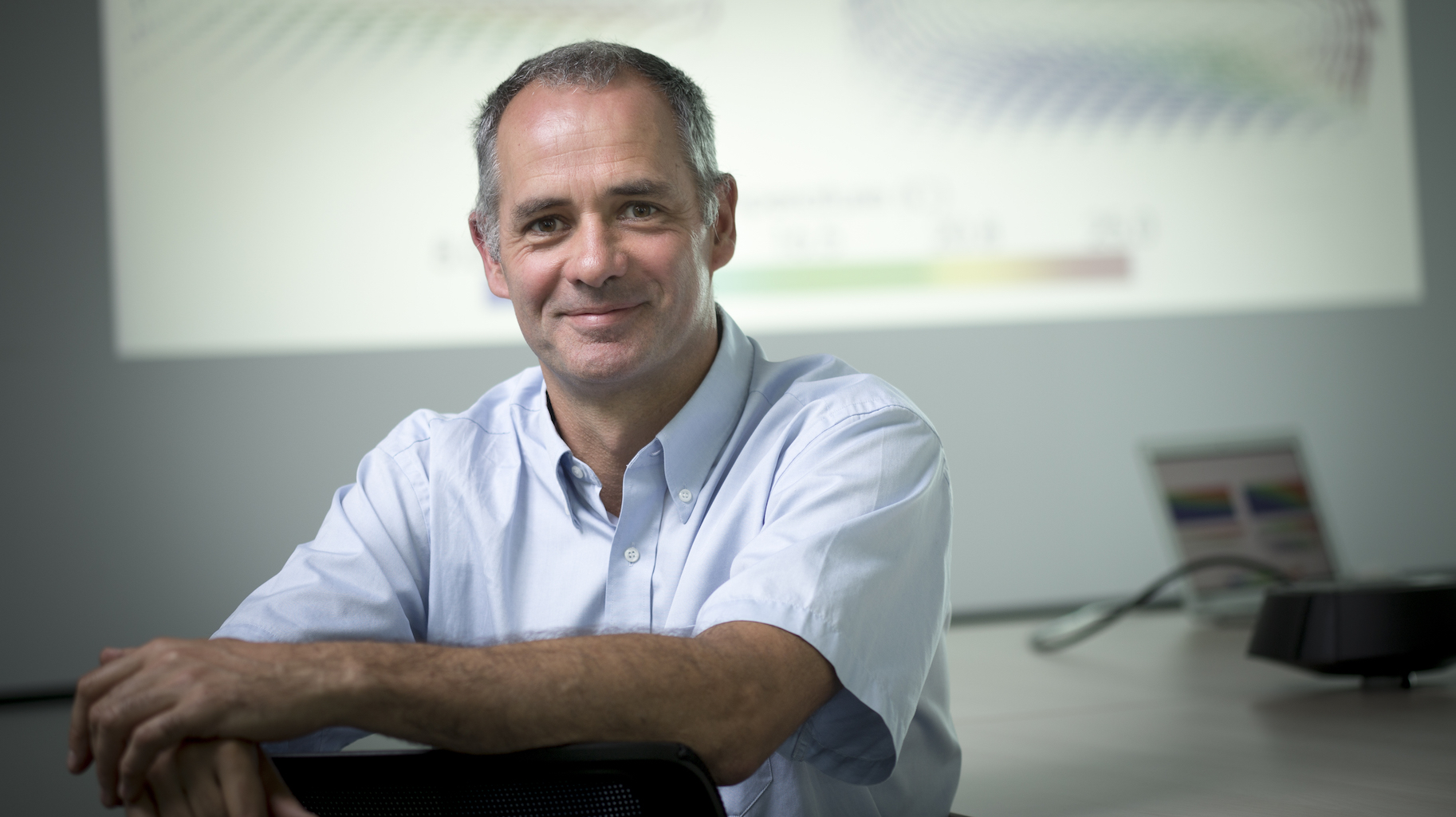What are the objectives behind Inria’s Digital and Environment Programme?
Date:
Changed on 06/12/2022

For decades now Inria has shown a commitment in its research to tackling environmental issues, including through environment simulation, for instance. But the environmental impact of digital technology is a more recent concept for the institute.
The French government has recently launched a number of initiatives in relation to the digital and ecological transitions, including a digital and environment roadmap, its “digital eco-responsibility” strategy and its commitment, outlined in France 2030, to devote 50% of spending to the energy and ecological transitions, the bulk of which will go on decarbonising the economy.
Running parallel to this, the issue of the environmental impact of digital technology has entered the public consciousness in recent years, partly through greater awareness on the part of the general public, decision-makers and companies of the alarming consequences digital technology could have on the environment. This is a major subject for the institute, and many scientists are keen to reorient their research to focus on environmental constraints and make their contribution to the ecological transition.
These three elements were the reason behind the creation of the Digital and Environment Programme, the aim of which is to provide enhanced support to major Inria projects and initiatives on key issues relating to digital technology for the environment, in addition to defining the environmental impact of digital technology.
It is often said that digital technology is both part of the problem and part of the solution. After all, there would be no IPCC reports without it. What I mean by this is that the scenarios concerning the environment and climate change devised by scientists using digital and simulation tools ten or twenty years ago have come true. These scenarios have become increasingly accurate, and are used to influence decision making at both an individual and collective level. There is no doubt that digital technology can serve a purpose for the environment.
But you also cannot deny the carbon footprint of digital technology, nor the fact that this is increasing. Figures given to us by scientists (indicating that digital technology is responsible for 2.5% of France’s carbon footprint and 10% of the world’s energy consumption, in addition to the mass extraction of strategic metals) paint a worrying picture.
No one has a catch-all solution, but there is a consensus that things cannot continue this way.
One of the most pressing challenges is learning how to operate in a world with more constraints and limited resources. A world where the things we build have to be much more sustainable, more recyclable and resilient. And digital must play its part in that.
This isn't simply a case of optimisation. A total overhaul of design processes is needed, incorporating theoretical computing in order to move towards an eco-responsible world centred around low tech, digital sufficiency (no need for highly sophisticated software when you only use a tiny fraction of its features) and resiliency (which includes ensuring that systems are sustainable and repairable).
This has shifted our focus significantly when it comes to our research activities, forcing us to explore new questions: which tools and digital services? For what purpose?
The Digital and Environment Programme has four pillars: digital technology for the environment, digital eco-responsibility, scientific outreach and the environmental impact of our organisation and our way of working and carrying out research.
The programme is designed to take a very broad approach to these aspects, and I would like to flag up three points:
We will also be responsible for stimulating discussion around certain research activities. The criticisms levelled at digital technology have encouraged many researchers to question their work: what can they do in order to ensure that their work doesn't contribute to the negative impact digital technology has on the environment? Researchers and scientists must be given the opportunity to make changes to their work so that the contributions they make as scientists do not clash with their own personal aspirations. For scientists looking to take a different approach to their work, a great deal of forward planning is required in order to turn towards a new theme or application. This does not come naturally, and support is needed in order for them to be able to identify areas where they could make an impact. The aim of the Digital and the Environment Programme is to stimulate discussions around this issue, helping the institute to address these environmental concerns.
Our overarching objective is to reduce the institute’s carbon footprint by reducing our environmental impact in a number of sectors, including travel, work management, purchasing and IT resources. Inria is a joint coordinator of the GDR Labo1point5, alongside INRAE and the CNRS.
We are a research institute. Obviously we have to carry out research on theoretical or applied subjects linked to the ecological transition, and we have a number of partners, both public (INRAE, ADEME, BRGM, IFPEN, IGN) and from the world of industry, committed to this transition.
The second aspect relates to scientific leadership. Many people within Inria feel affected by questions linked to climate change, and we must increase the number of people engaging scientifically with these questions. Through forward planning we can answer questions linked to what progress will look like, thus giving meaning to what we do.